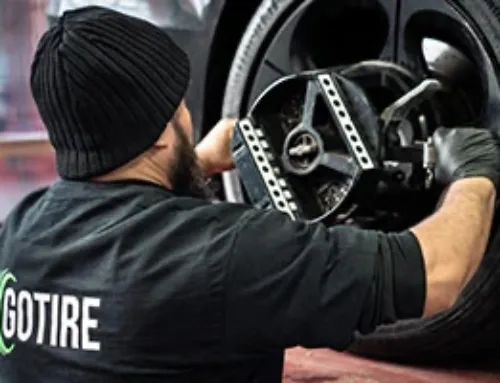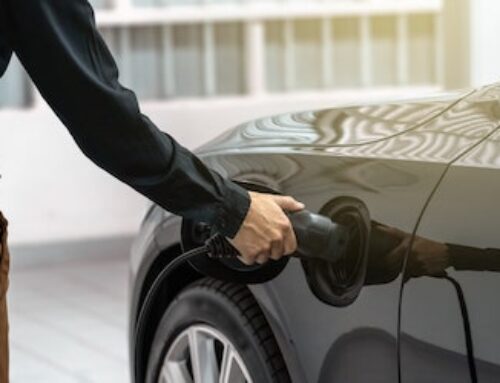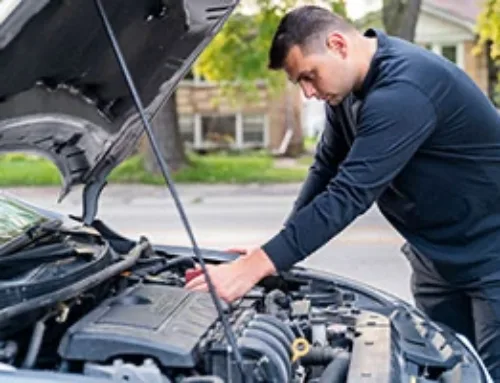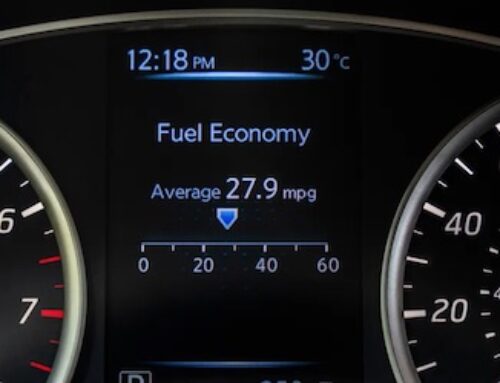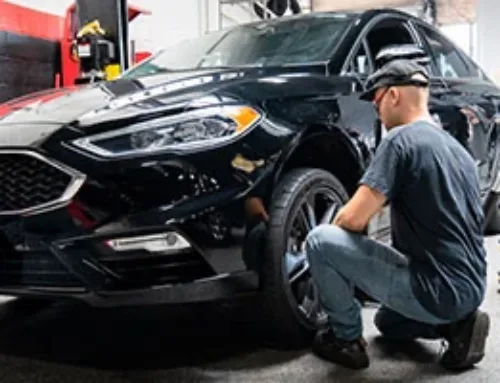Table of Contents
- The foundation: Standard maintenance inspection
- Powering through cold temperatures: Car battery maintenance
- Clear views ahead: Windshield wipers and fluid
- Staying warm: Air-condition system checks
- Tire talk: Checking and installing winter tires
- Keeping your tire pressure up
- Oil changes for cold months
- Ensuring longevity: Belts and hoses
- Smooth operations: Lubricating windows and locks
- Be prepared for cold weather: Winter car kit
- Frequently Asked Questions
- Car Winterization Checklist
The first snowfall is a magical sight. The soft white flakes transform the landscape, turning everything into a winter wonderland. But for your car, it can be a bit of a wake-up call. Winter can be tough on vehicles, as well as making it harder to drive, especially if you’re not prepared. But don’t worry! With this handy checklist, you’ll have your car winter-ready in no time.
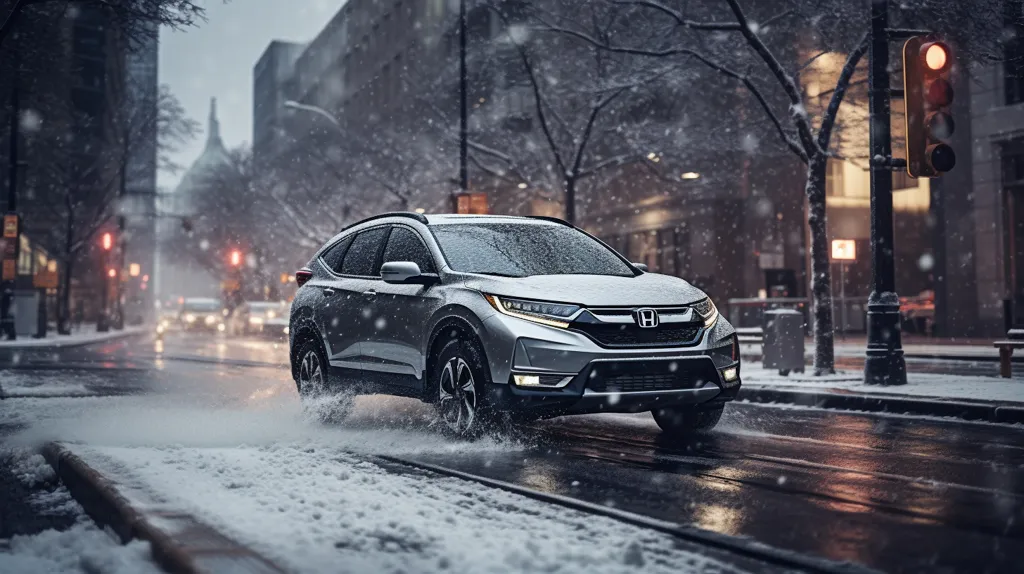
The foundation: Standard maintenance inspection
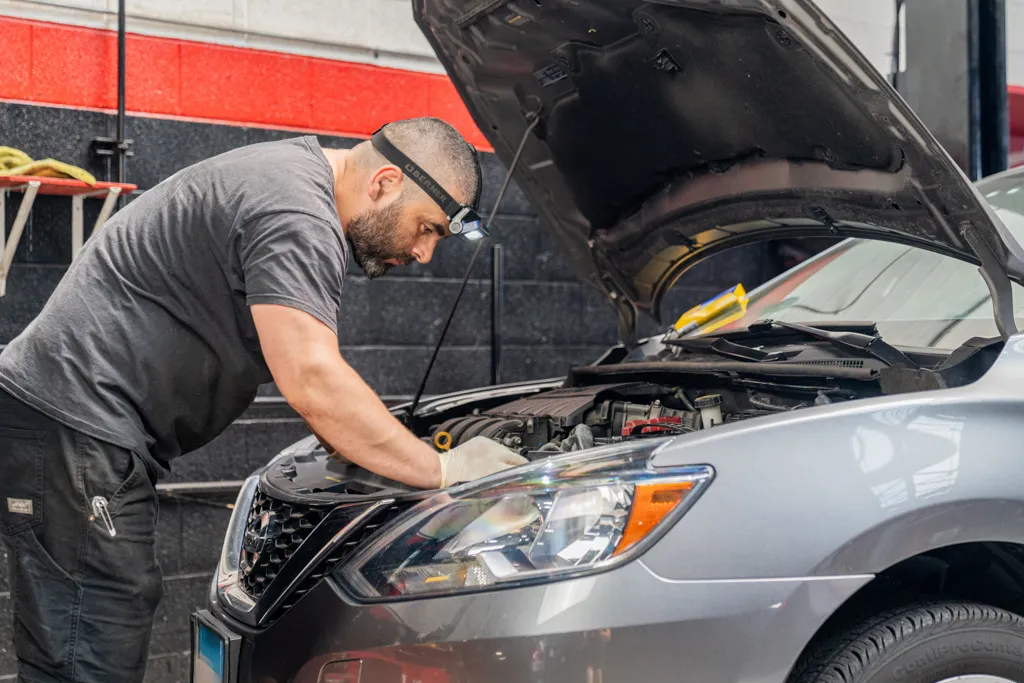
We all know the importance of car maintenance, but this is especially important in the lead-up to winter. Think of it as a health check-up for your vehicle before the temperatures drop too far. A good inspection will catch small issues before they become big, expensive problems. Your mechanic will check everything from your brakes to your transmission. And while it might seem tedious, it’s a step you shouldn’t skip. A thorough check will include looking at your brakes, engine, exhaust system, belts and hoses, fluids, and filters, to ensure they are all in good working order and ready to handle whatever harsh winter conditions you throw at them.
Powering through cold temperatures: Car battery maintenance
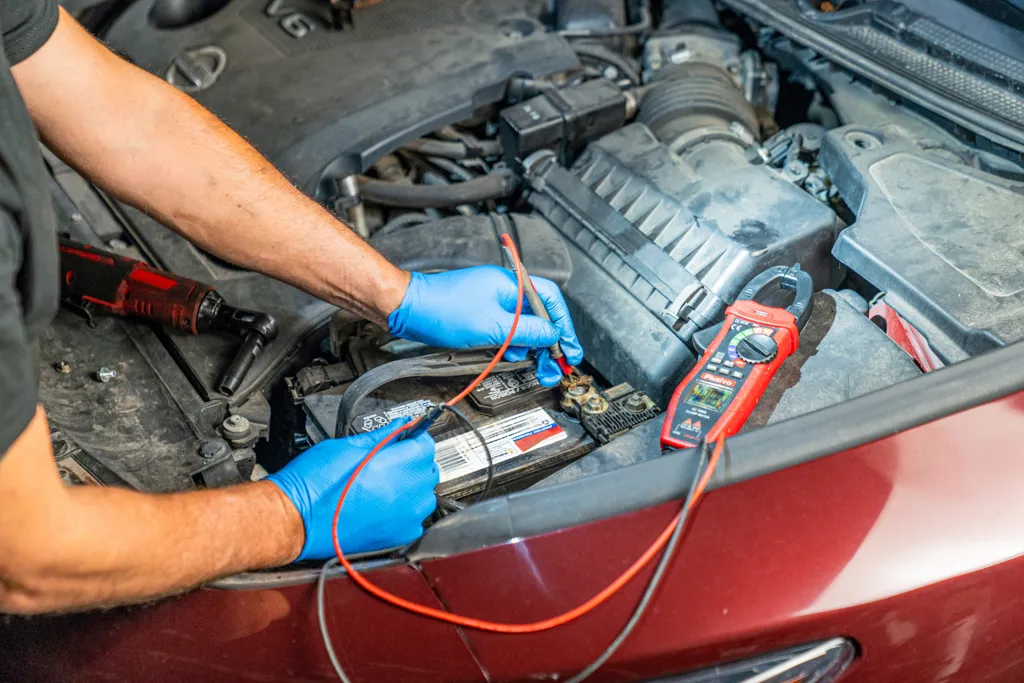
Cold weather and car batteries? They are not the best of friends. Winter can be harsh on your battery, reducing its efficiency. If you’ve ever tried starting your car on a freezing morning, you’ll know the struggle. That’s because when the temperature drops, your car will draw more power from your battery to get the cold engine started. This can cause a weak battery to drain quickly. And weak battery can leave you stranded, turning that quick trip to the store into a chilly ordeal. That’s why we recommend you take your car to your local mechanic or repair shop to run a full battery load test, to see how healthy your battery actually is. It’s also a good idea to check for any cracks or corrosion on the terminals and cables and ensure the battery connections are secure.
Clear views ahead: Windshield wipers and fluid

Imagine driving through a snowstorm with smeared or frozen windshields. Not fun, right? Your windshield wipers and fluid play a crucial role in ensuring clear visibility. Worn-out wipers can leave streaks or not even clear your window properly at all, making it hard to see. Replace them if they’re not clearing the windshield effectively. We recommend rubber-clad blades which can help fight ice buildup. And don’t forget to use your wiper fluid while you’re at it. It’s quite common not to realize you’re out of washer fluid until a storm hits and you can’t see out of your windshield. Remember to switch your summer-grade fluid with a freeze-resistant winter-grade fluid. This will help to melt ice and snow, ensuring you have a clear view of the road. If worse comes to worst and your wipers fail, always keep an ice scraper and snow brush in your trunk. They’ll help give you a clear view to see the road so you can get home or to your nearest auto parts store for some new wiper blades.
Staying warm: Air-condition system checks
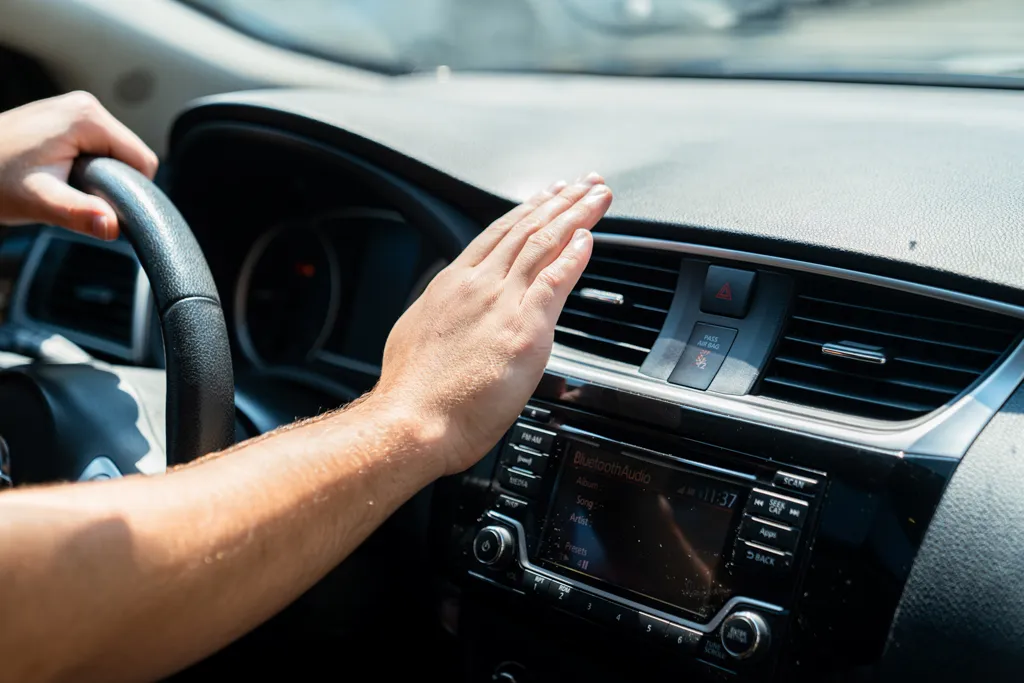
Your car’s air-conditioning system isn’t just for those hot summer days—almost all cars have a dual-purpose heating system and cooling system. It plays a vital role in defogging your windows during winter as well as heating your car’s interior and keeping you warm. Ensure your car’s heater is working efficiently when the first cold weather hits. Remember to check your rear window defroster too. If you notice it takes longer to defog than usual, or there’s an unusual smell, it might be time for a check-up.
Tire talk: Checking and installing winter tires
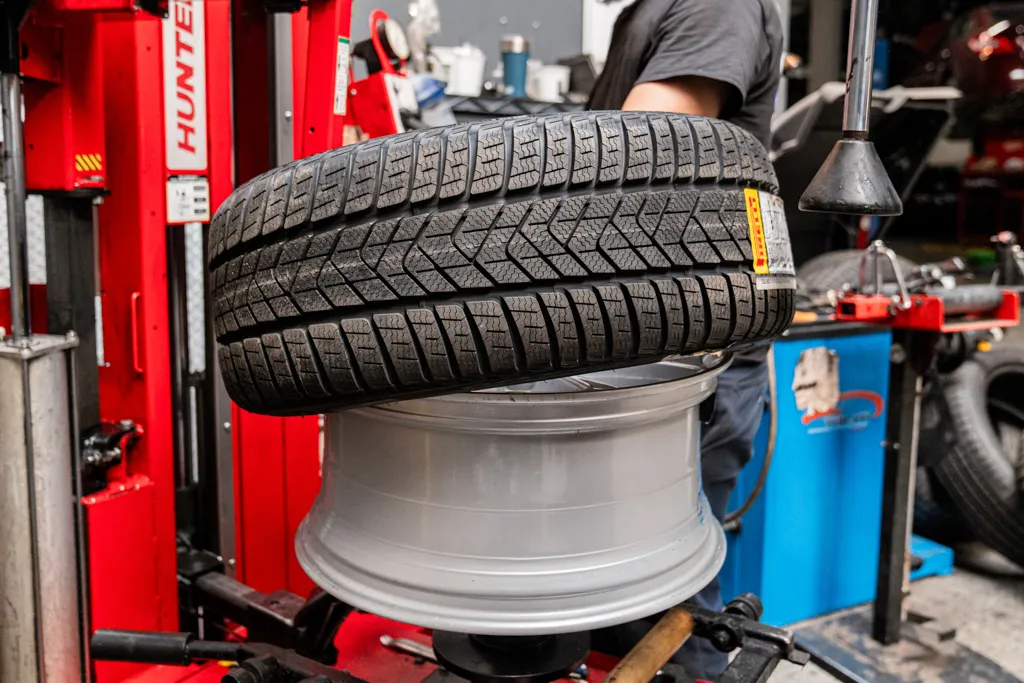
Ah, tires! The unsung heroes of winter driving. They’re your car’s direct contact with the road, so their condition is paramount. Winter roads can be slippery, and you need tires that can grip the surface well. At the bare minimum, when winterizing a car, you should check your tires for signs of wear, like reduced tread depth or cupping. Also, check your sidewalls for any cracks or cuts. Depending on where you live, you might also need to install dedicated winter tires as the temperatures drop. If you live in a part of the country that only gets light snow, or you can stay home on heavy snow days, you might be able to use all-season tires year-round. However, if you drive a sports car with summer or performance tires or live somewhere with very snowy or icy roads, then switching to dedicated winter tires is advisable. Now, when it comes to winter, not all tires are created equal. Consider investing in winter tires. Brands like Michelin, Bridgestone, and Goodyear offer some top-notch options. These tires are designed with special rubber compounds that remain flexible in the cold, providing a better grip. They also have treads that are specially designed to clear snow and grip icy roads.
Keeping your tire pressure up
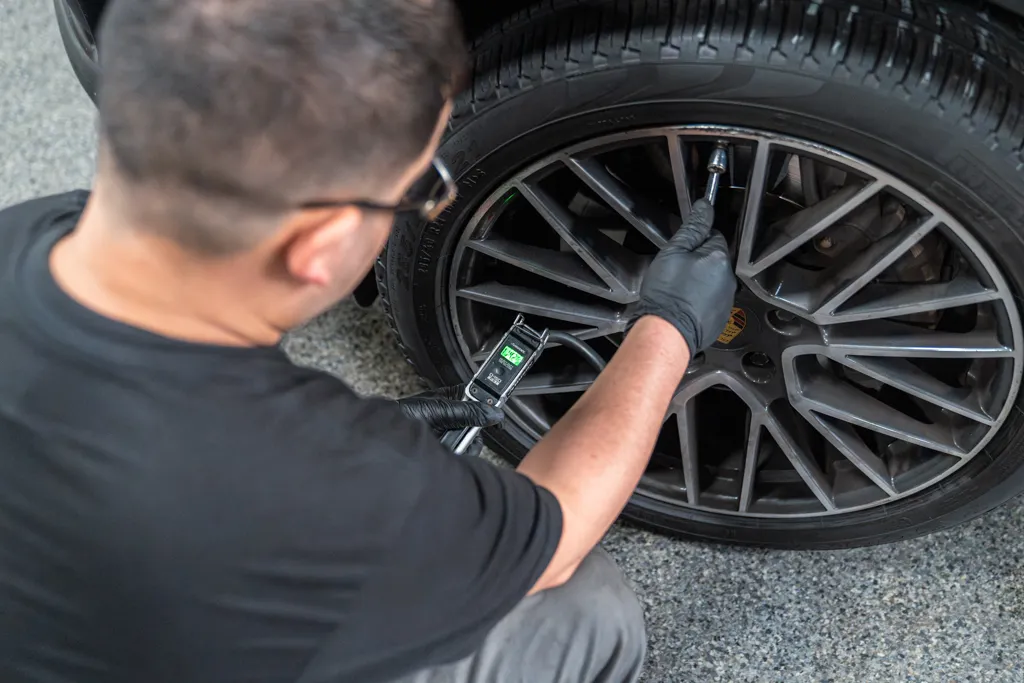
Tire pressure isn’t just a number; it’s important for smooth driving, safety, and performance year-round. But in winter, it’s especially important to check your tire pressure regularly. Cold temperatures will cause tire pressure to drop around 1 PSI for every 10 degrees. Driving with under-inflated tires can reduce traction, making it harder to control your vehicle on icy roads, which can lead to accidents. It’s a good practice to check your tire pressure regularly during the winter months. Most gas stations have air pumps, and it only takes a few minutes. Most car tires should be at 30-35 PSI, but check your owner’s manual or tire placard for the details of your car and tires. Remember, properly inflated tires not only ensure safety but also improve fuel efficiency.
Oil changes for cold months

Oil is essential to keep your car’s engine running smoothly. But unfortunately, oil thickens in colder weather, and thick oil doesn’t circulate as well, making it harder for your engine to run efficiently. Before winter hits, consider changing to a winter-grade oil. It’s designed to flow better in winter conditions, ensuring your engine runs smoothly even on the chilliest mornings. But always check with your mechanic or your owner’s manual to make sure you use the right oil for your specific vehicle.
Ensuring longevity: Belts and hoses
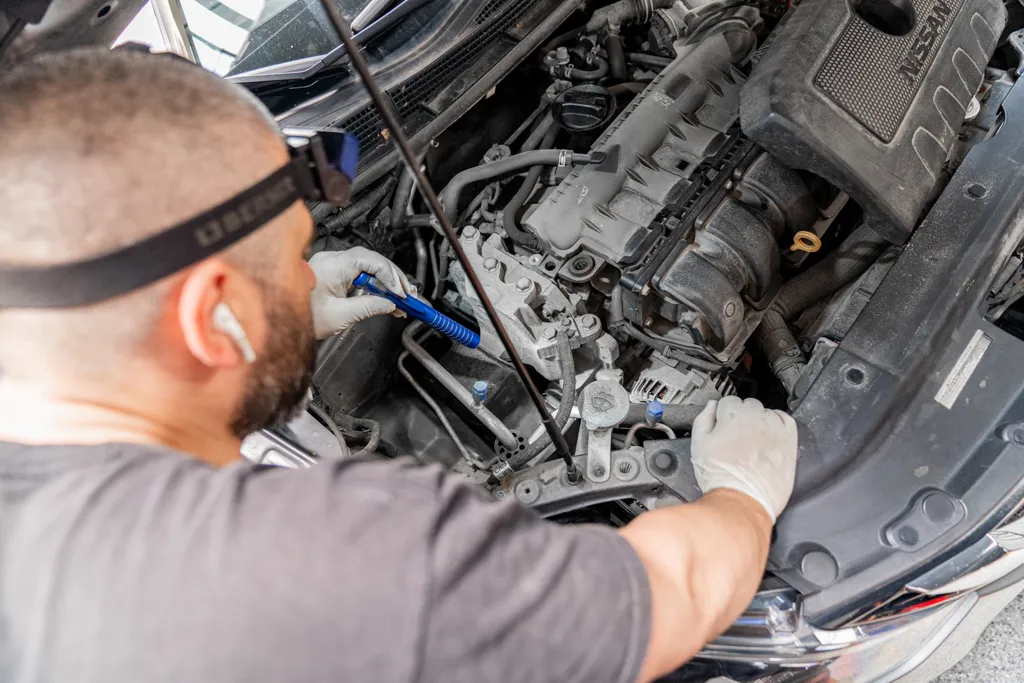
Belts and hoses might not be something you think about when wondering how to winterize a car. But they are important, making sure everything from your alternator to your water pump works correctly. Cold temperatures can weaken them, and make them brittle, leading to cracks or breaks. A quick inspection can save you from potential breakdowns. If you notice any signs of wear, it’s best to get them replaced. Most auto parts stores will stock them, or your mechanic can replace them for you.
Smooth operations: Lubricating windows and locks
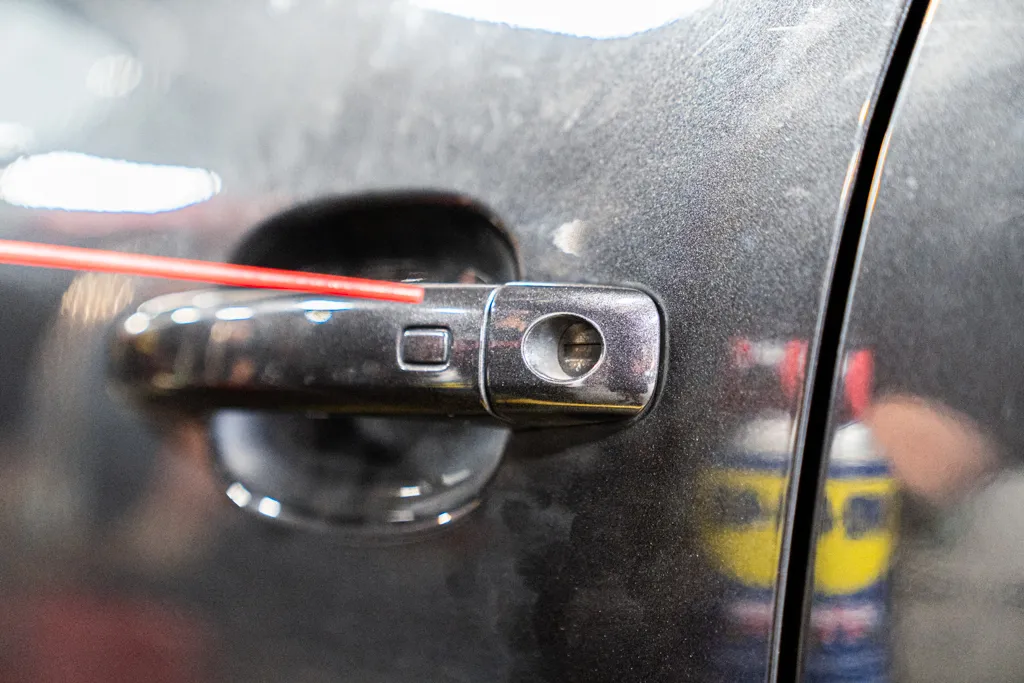
There’s nothing more frustrating than a car door that won’t unlock open or windows that won’t roll down because they’re frozen. A simple solution? Lubrication. Applying a silicone spray or gel on the window tracks and door locks can prevent them from freezing. It’s a small step, but it can save you a lot of frustration first thing in the morning when you’re in a hurry to get to work.
Be prepared for cold weather: Winter car kit
Winter is unpredictable. One moment you’re driving under clear skies, and the next, you’re caught in a snowstorm. It’s always a good idea to have an emergency kit in your car. This kit should include essentials to keep you safe and warm. We recommend including the following in your emergency kit:
- a flashlight
- jumper cables
- blankets
- a first-aid kit
- non-perishable snacks.
- flares
- a jack
- kitty litter or sand for traction
- a shovel
- drinking water
Being prepared can make a world of difference if you find yourself stranded.
Frequently Asked Questions
What does winterizing a car mean?
Winterizing a car means preparing it for the challenges of cold weather to ensure it runs efficiently and safely throughout the winter months. This process includes checking and adjusting components like the battery, tires, and fluids, as well as adding items like an emergency winter kit to handle potential winter-related issues. To winterize your car, you might also switch to winter tires for safe driving in the snow. Think of it as giving your car a winter coat and boots to help it navigate the frosty season with ease!
How do I winterize my car?
Winterizing your car is all about getting it ready for the winter conditions ahead. Start by checking your battery’s health and ensuring your tires have good tread and are properly inflated. If you live somewhere that has extremely low temperatures, you might also want to change your all-season tires for winter tires. You should also switch to winter-grade oil for smoother engine performance, replace worn-out windshield wipers, and top up with freeze-resistant wiper fluid. Don’t forget to lubricate door locks and window tracks to prevent freezing, and consider packing an emergency kit with essentials like blankets and jumper cables. A little prep now can lead to safer, hassle-free winter drives!
Are you supposed to winterize your car?
Yes, winterizing your car is a smart move in regions that experience cold winters with snow and ice. It involves getting your vehicle ready to handle freezing temperatures and icy roads, ensuring your safety and optimal performance. From checking tire tread and pressure to ensuring your battery is in top shape and adding antifreeze, a bit of seasonal preparation can make your winter driving experience smoother and safer.
What month should you winterize your car?
Depending on where you live, you should winterize your car between October and December. If you’re up in the Northern states like Minnesota or Maine, you’ll want to get started by early October, as snow can arrive as soon as late October. For those in the Midwest or Northeast, like Ohio or New York, aiming for mid to late October is wise. However, if you’re down in the Southern states, where winters are milder, you can wait until late November or even early December. And for folks in the West, such as Colorado or Utah, early November is a good benchmark. Always keep an eye on the local weather forecast, as Mother Nature can sometimes throw curveballs!
Car Winterization Checklist
Use our handy print-out and keep checklist to make sure your car is ready for the winter weather ahead.
- Routine checks and maintenance: Take your car in for a standard inspection and regular maintenance. Your mechanic should check:
- Brakes
- Transmission
- Engine
- Exhaust system
- Filters
- Engine coolant levels
- Battery checks: Check your battery levels and health. Your local mechanic can carry out a full battery load test. If your battery levels are low consider replacing it. Check your battery for signs of cracks or corrosion on the terminals and cables.
- Windshield wiper blade replacement: Replace worn-out wiper blades with rubber-clad blades.
- Windshield washer fluid refill: Check windshield wiper fluid levels and top up with freeze-resistant fluid.
- Air conditioning checks: Check your car’s air-conditioning system is working to heat your car and blow out fresh air. Replace old air filters.
- Rear window defroster check: Check your rear window defroster is working.
- Tire checks: If you live somewhere with milder winters and have all-season tires, check them for signs of wear and reduced tread depth.
- Winter tire installation: If you live somewhere with colder winters, switch out your regular tires for winter tires.
- Tire pressure checks: Check your tire pressure more frequently as the temperature drops, and refill as needed.
- Oil change: Depending on your vehicle’s oil specifications, consider switching out your regular oil for a thinner winter-grade oil.
- Belt and hose checks: Check your vehicle’s belts and hoses for signs of wear that can quickly become worse in colder weather.
- Windows and locks: Make sure your windows and locks are lubricated with a silicone spray to stop them from freezing up or corroding.
- Pack an emergency kit: Make sure your emergency kit is ready for the winter months. Things to pack include:
- Flashlight
- Jumper cables
- Blankets
- First-aid kit
- Non-perishable snacks
- Drinking water
- Flares
- Tire jack
- Kitty litter or sand for traction
- Shovel
- Ice scraper
- Snowbrush


